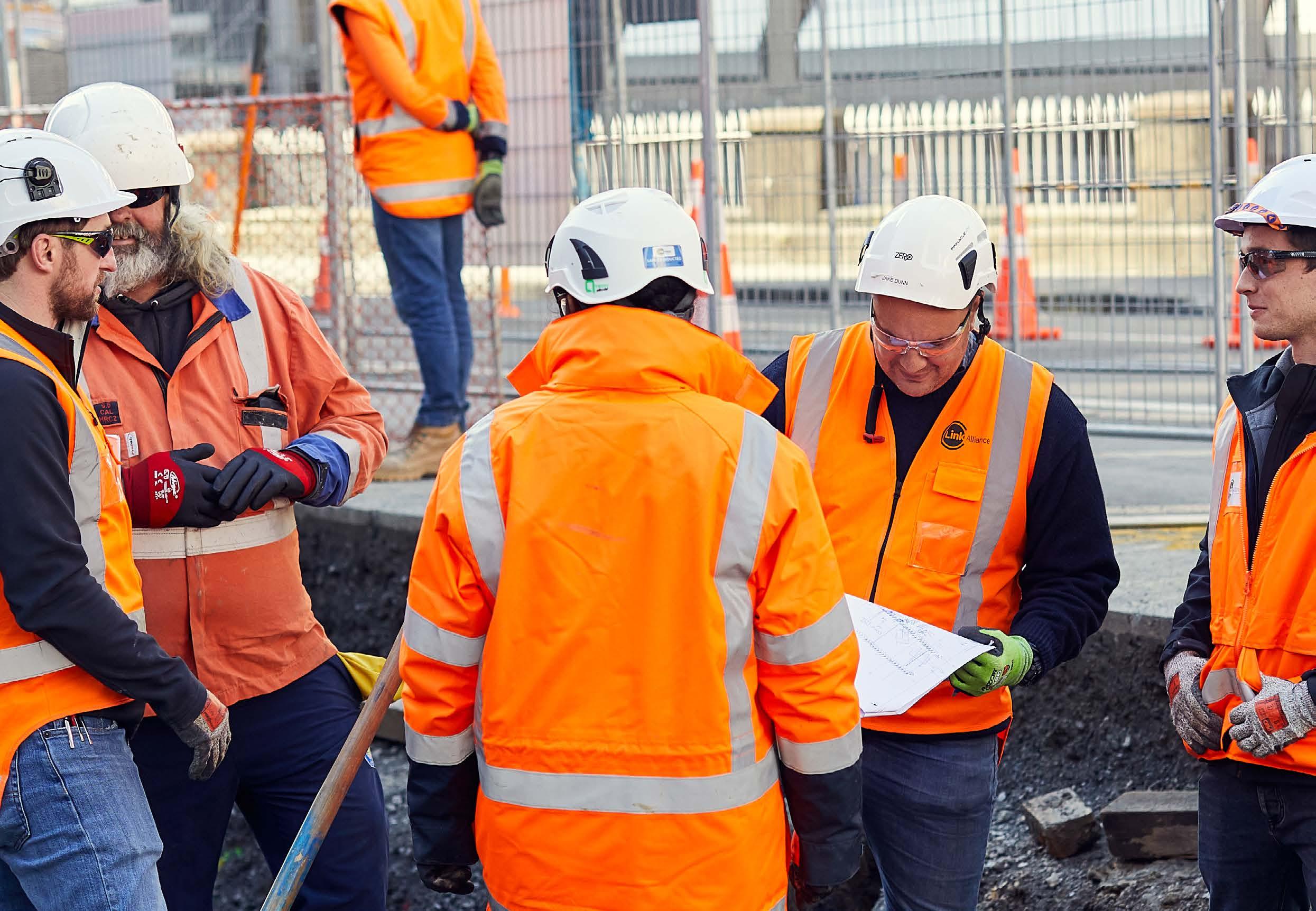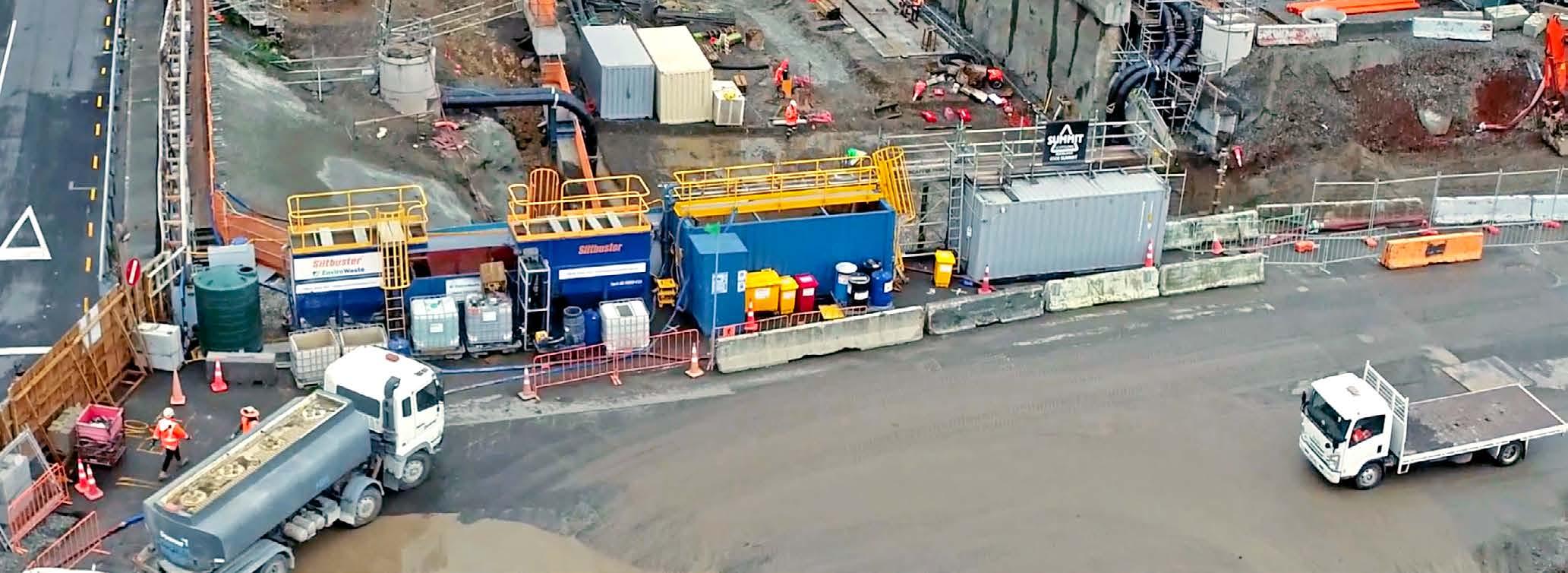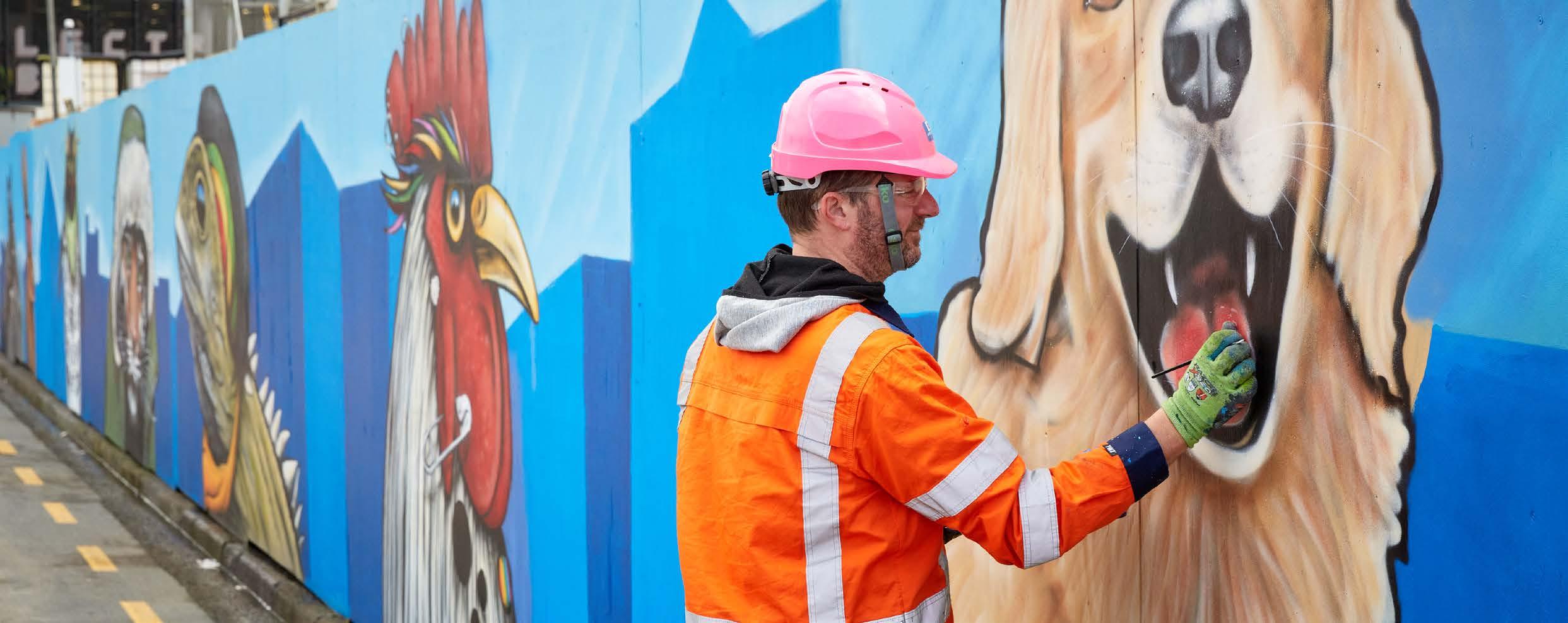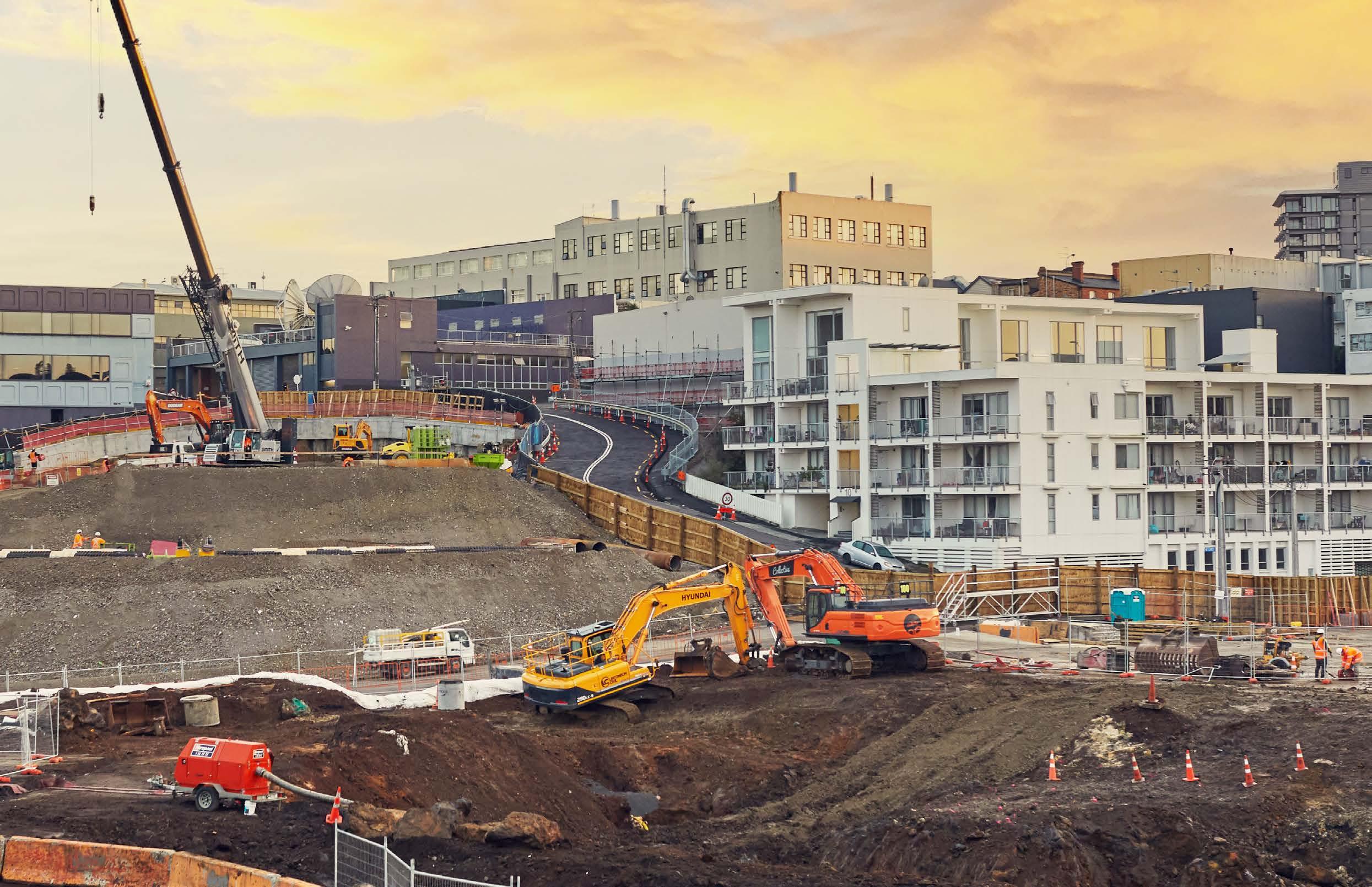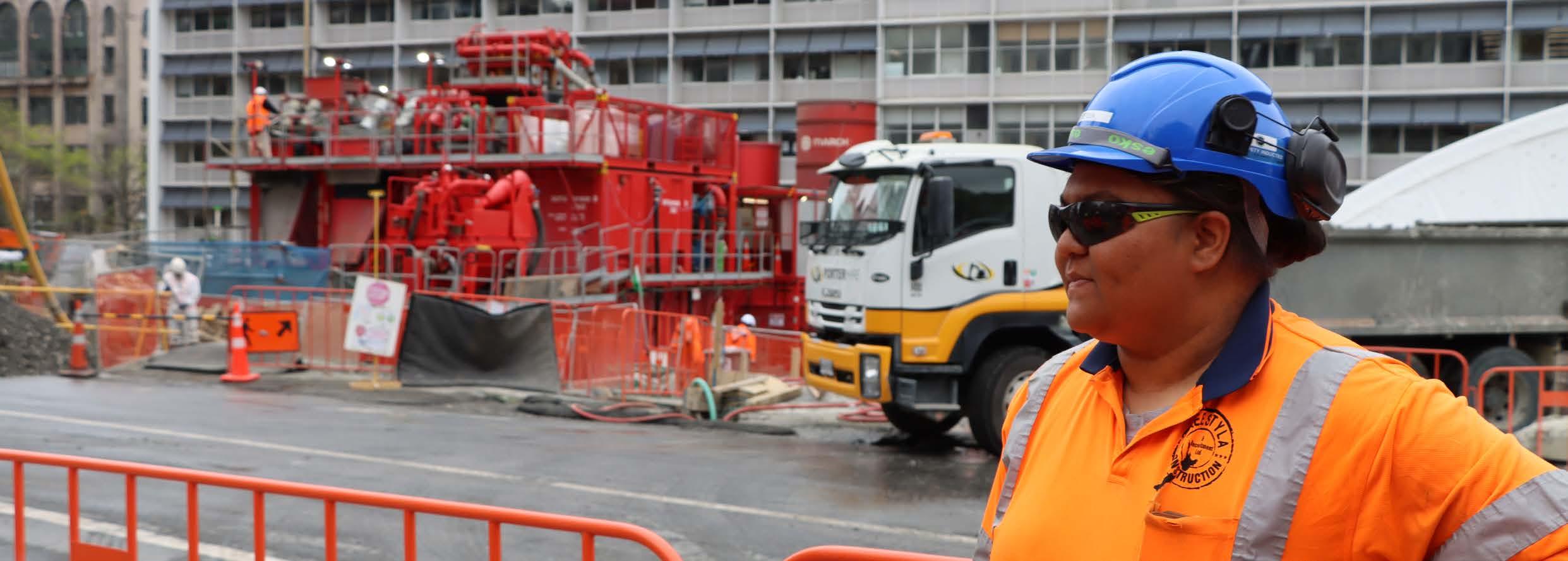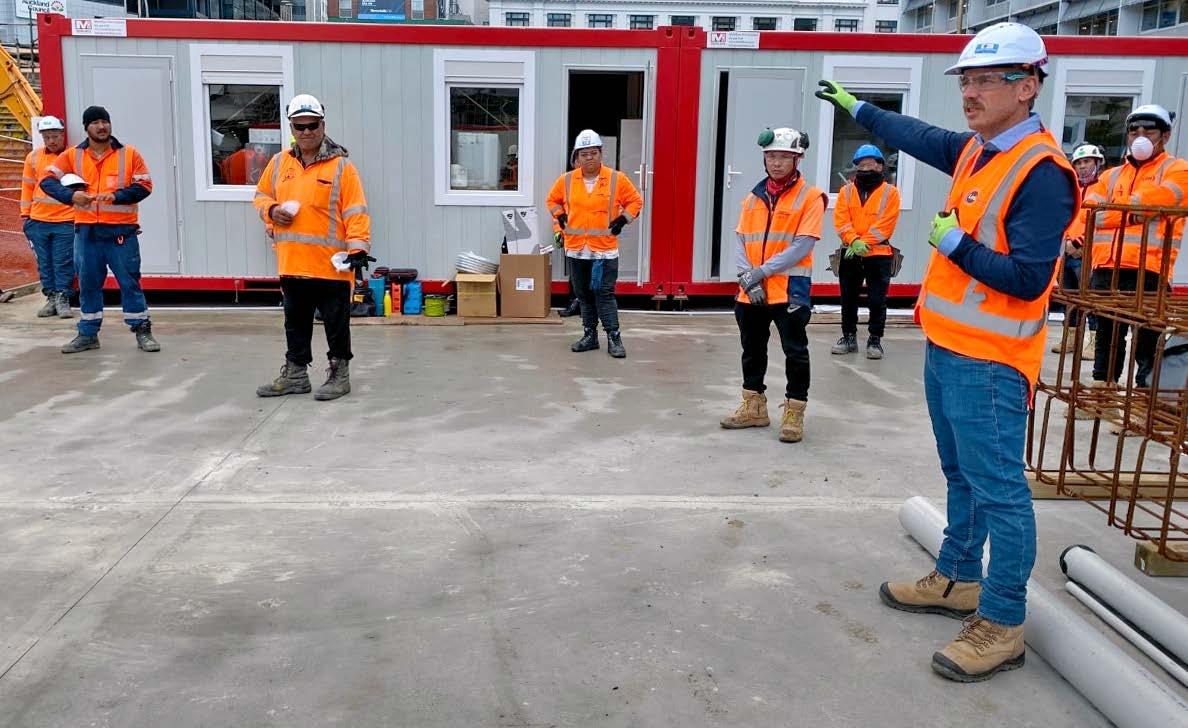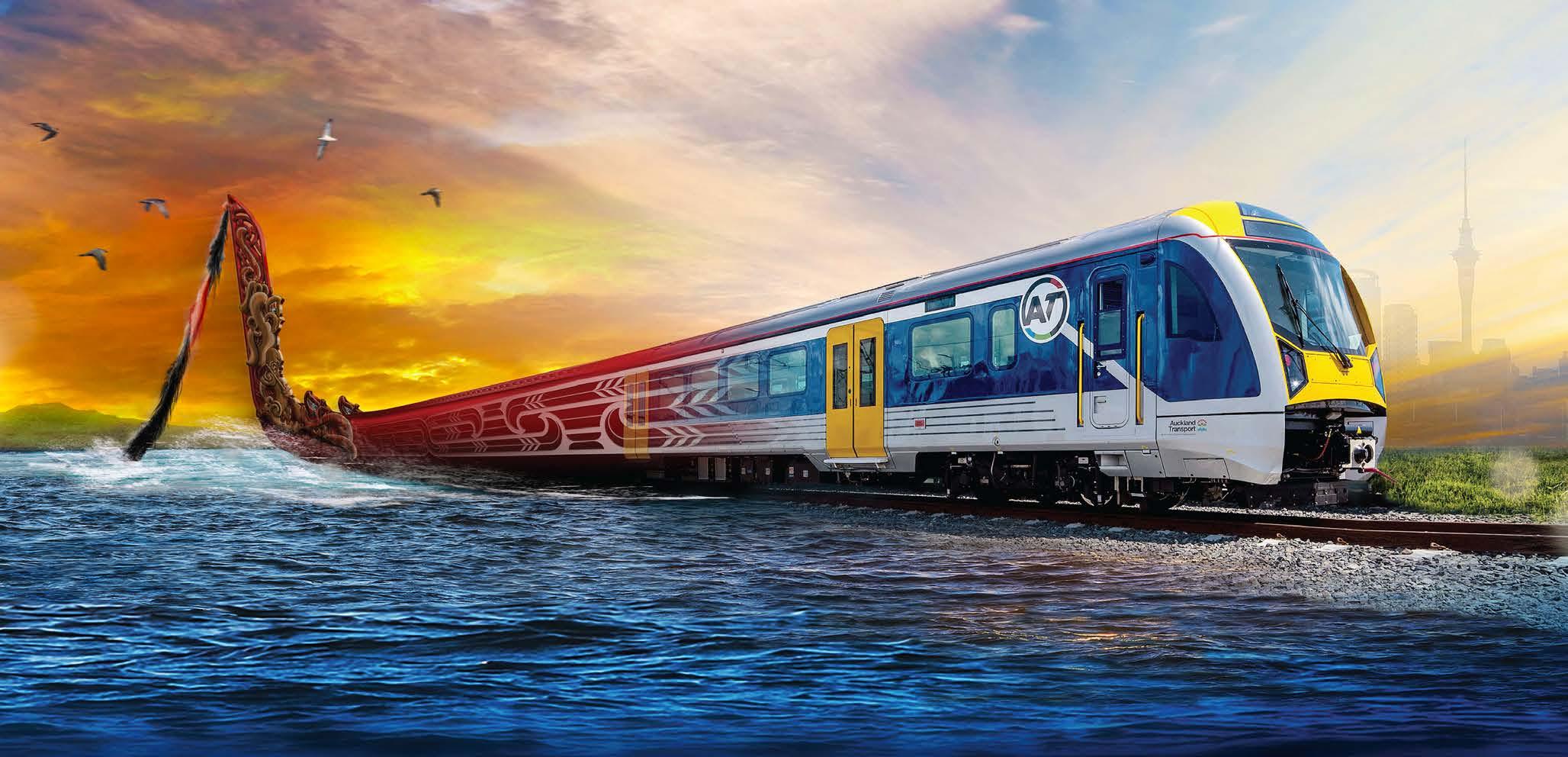
5 minute read
Heritage and archaeology
Ceiling at CPO building
The project is committed to preserving and protecting culture, heritage and local character while we build the CRL. This includes the protection of historic buildings as well as respecting and recording archaeological discoveries.
As Contract 1 nears completion, we reflect on the artefacts and relics that have been unearthed within the site's relatively small construction footprint.
The site which includes Britomart Station and Lower Queen Street is on land reclaimed during the mid1800s, with household rubbish and building debris added along with fill during the reclamation process. This has meant that tunnel excavation has been a unique opportunity for contractor DSBJV to discover remnants from the city's history.
A number of beautiful glass and clay bottles have been recovered. These, together with other salvaged items, will be displayed at the renovated Britomart Station.
It hasn't only been household items discovered - the DSBJV team also uncovered the remains of the very first Queen Street Wharf built in the 1800s. Wharf piles, wharf fenders and basalt blocks from the original wharf breastwork were found together with timber and basalt blocks. Because the old wharf's timber was in surprisingly good condition it will become part of the final designs for the renovated Britomart Station. Some will be transformed into bench seating, while other piles will remain as they are and form part of an archaeological display in the station. The tapered points of the piles, which had been chiselled with an axe, will be visible - demonstrating the craftsmanship of the time.
Glass bottles recovered during excavation within reclaimed land at the Contract 1 site.
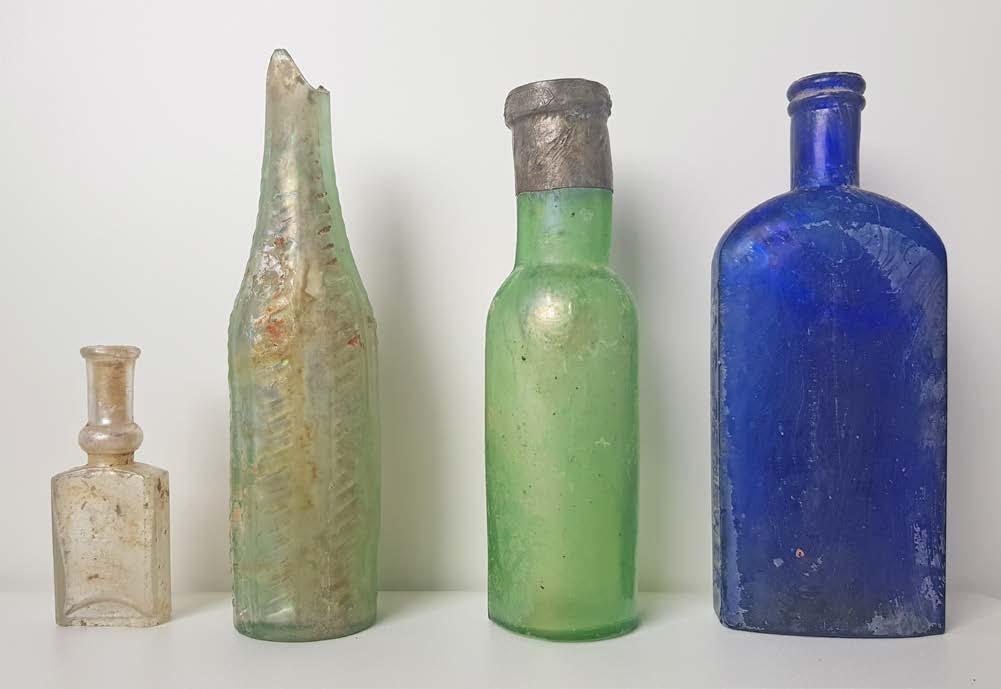
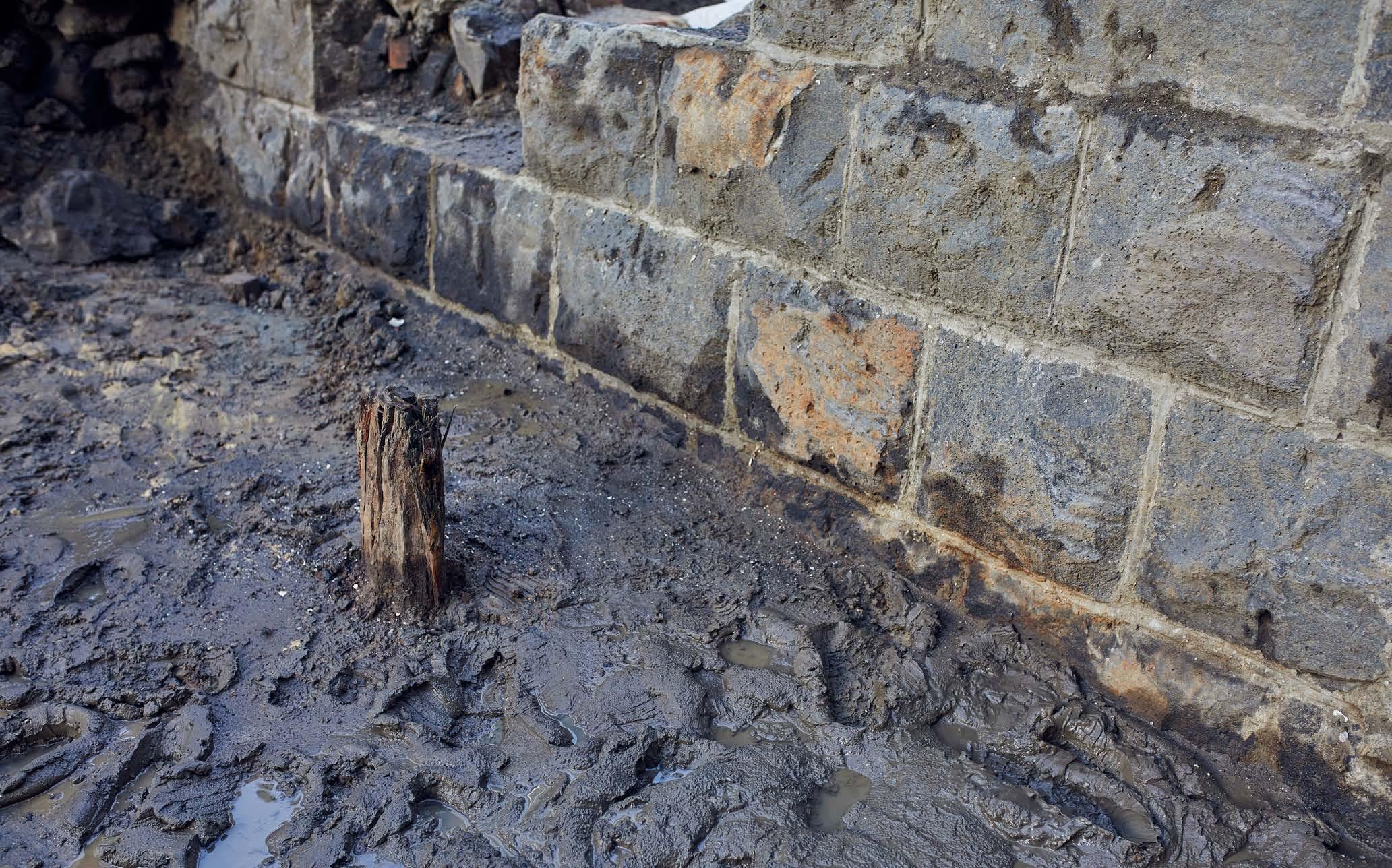
Bluestone seawall discovery
While excavating Lower Queen Street, the team uncovered the old Customs Street bluestone seawall that dates back to circa 1860.
The discovery was recorded in line with Heritage New Zealand requirements and the seawall will remain in place.
Stormwater brick barrel discovery
DSBJV first discovered the Queen Street brick barrel drain during piling works in March 2018. Since then, multiple sections of the drain that runs in a northsouth direction down the centre of Lower Queen Street have been revealed.
Construction to upgrade and relocate services prior to reinstating the Lower Queen Street area has included connecting new stormwater lines to the existing brick barrel drain.
Queen Street Wharf was built in Horotiu Bay in 1852 after it was identified as the most appropriate location for transferring goods and settlers from ship to shore. Horotiu Bay was then given its European name - Commercial Bay. Reclamation work began and by 1859 was being progressed between Fort and Customs Streets. By 1870 the reclamation of Horotiu Bay reached as far as Customs Street East. In the 1880s, Quay Street was formed and the former timber Queen Street Wharf no longer existed.
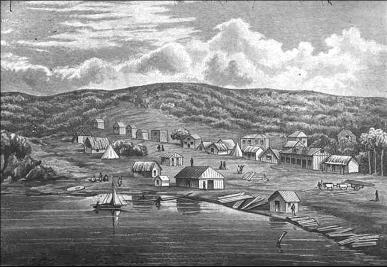
Commercial Bay and Shortland Street in 1841 (Image: Sir George Grey Special Collections, Auckland Libraries, 4-9089) Old Customs Street bluestone seawall
Bluestone wall
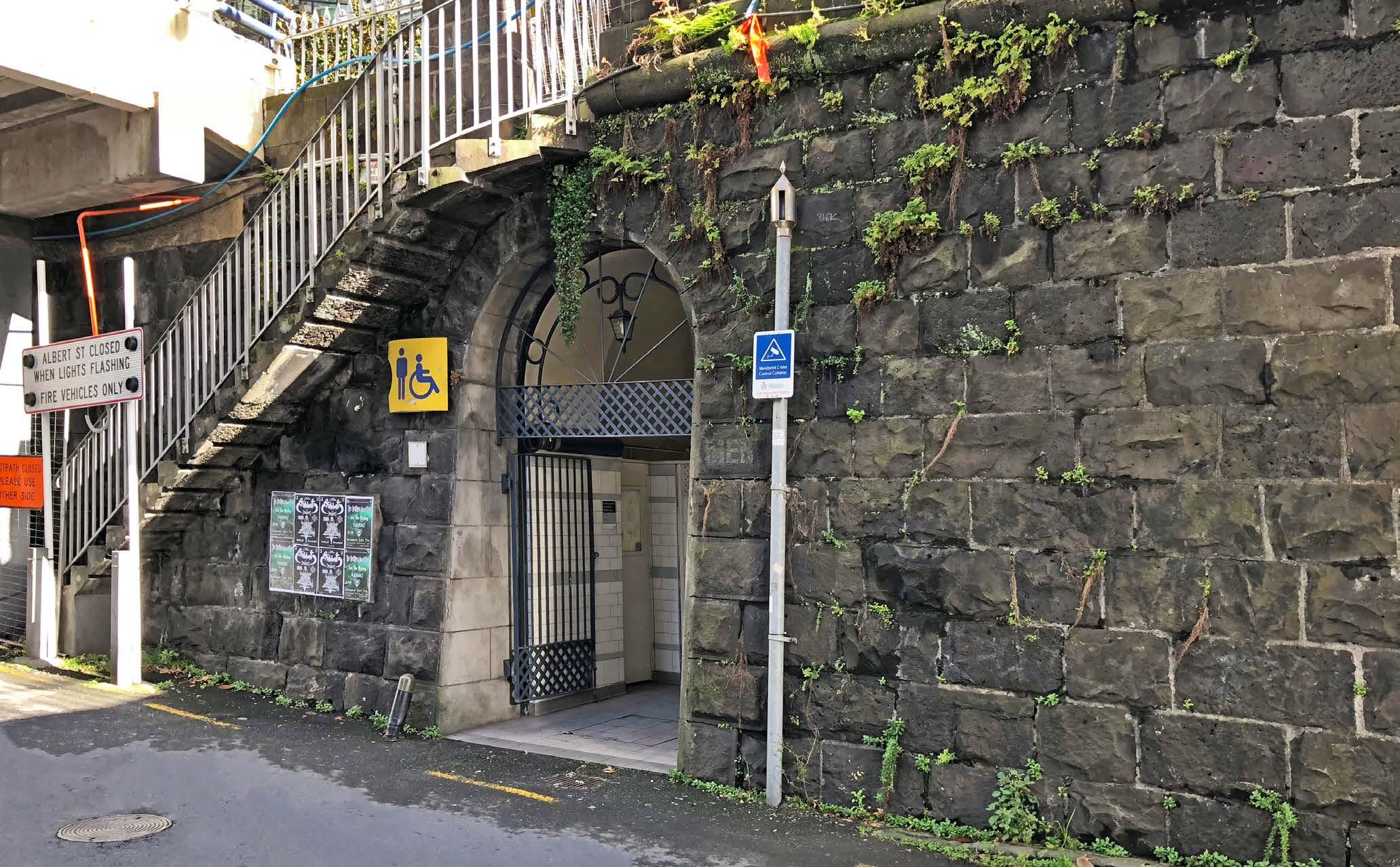
Case Study
Bluestone wall deconstruction
Work started in November to temporarily remove one of Auckland's most historic landmarks in order to make room for the project.
The 139-year-old bluestone wall along the eastern side of Albert Street has been shifted block by block out of the way of CRL construction. The historic wall is built from local material - basalt, also known as bluestone - and was erected on the eastern side of Albert Street between Wyndham and Victoria streets in 1881.
The wall's underground public toilet was one of the city's first. The wrought iron railings, piers and the ornamental arch over the stairs on the side of the wall are some of Auckland's last remaining examples of street furniture dating back to the Victorian age.
It will take three months to dismantle the wall. Stonemasons must cut it into 1,800 separate blocks, number each block and store them safely off-site until the wall can be rebuilt in 2023 as part of urban realm improvements - once the station tunnel box below has been built. When the wall is re-erected in 2023, it will have moved one metre further east - towards Queen Street - from its original location. This is due to the size of the tunnel and Aotea Station. The public toilet will not re-open, however the wrought iron railings and ornamental arch will be incorporated into a maintenance access entry required for the CRL.
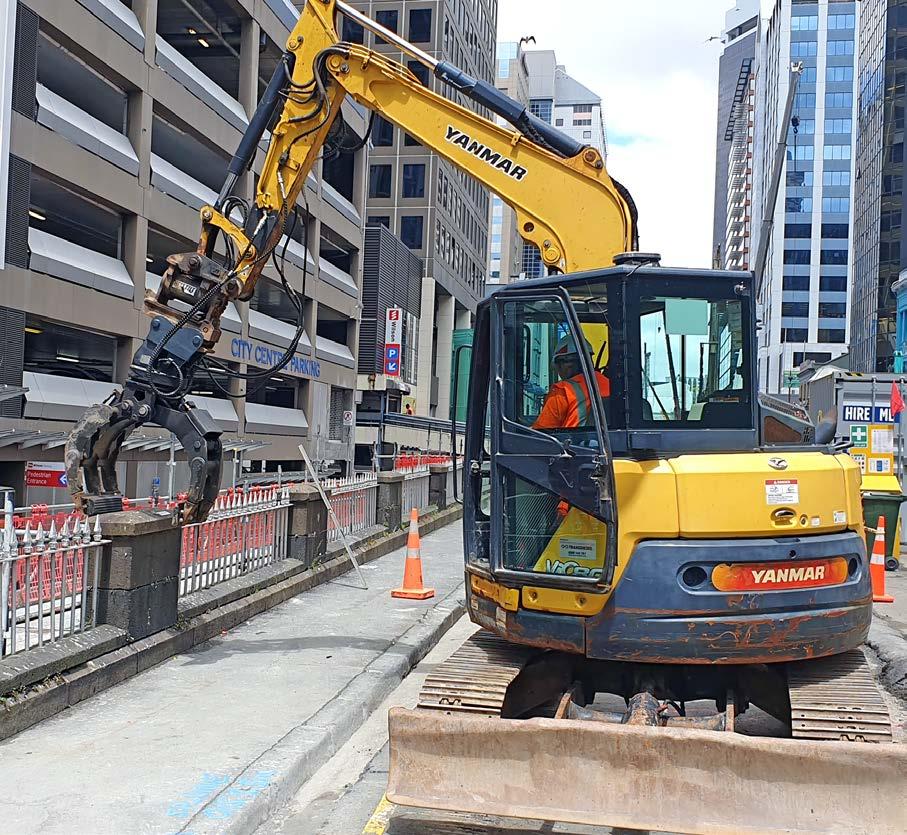
Careful deconstruction of bluestone wall underway
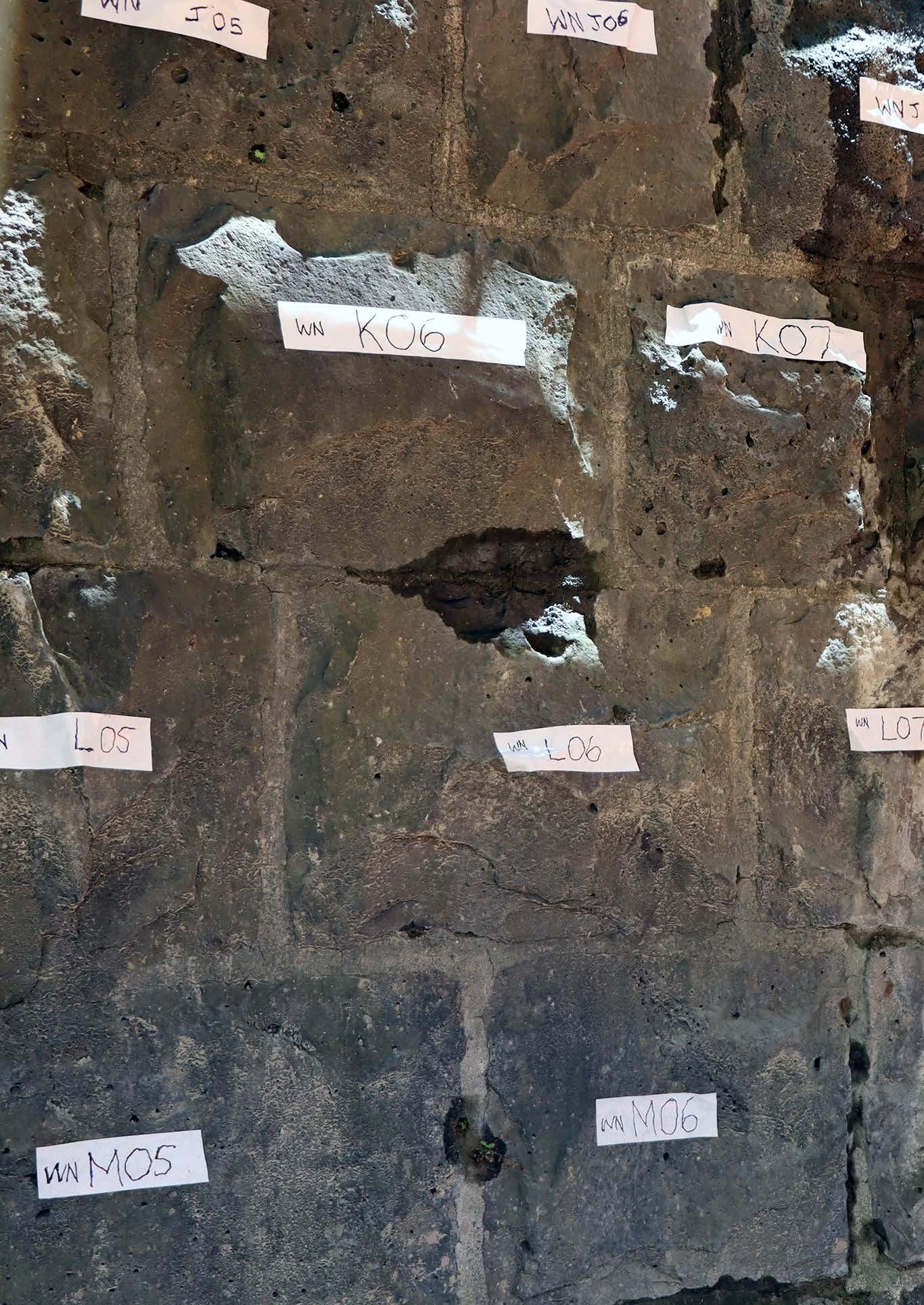
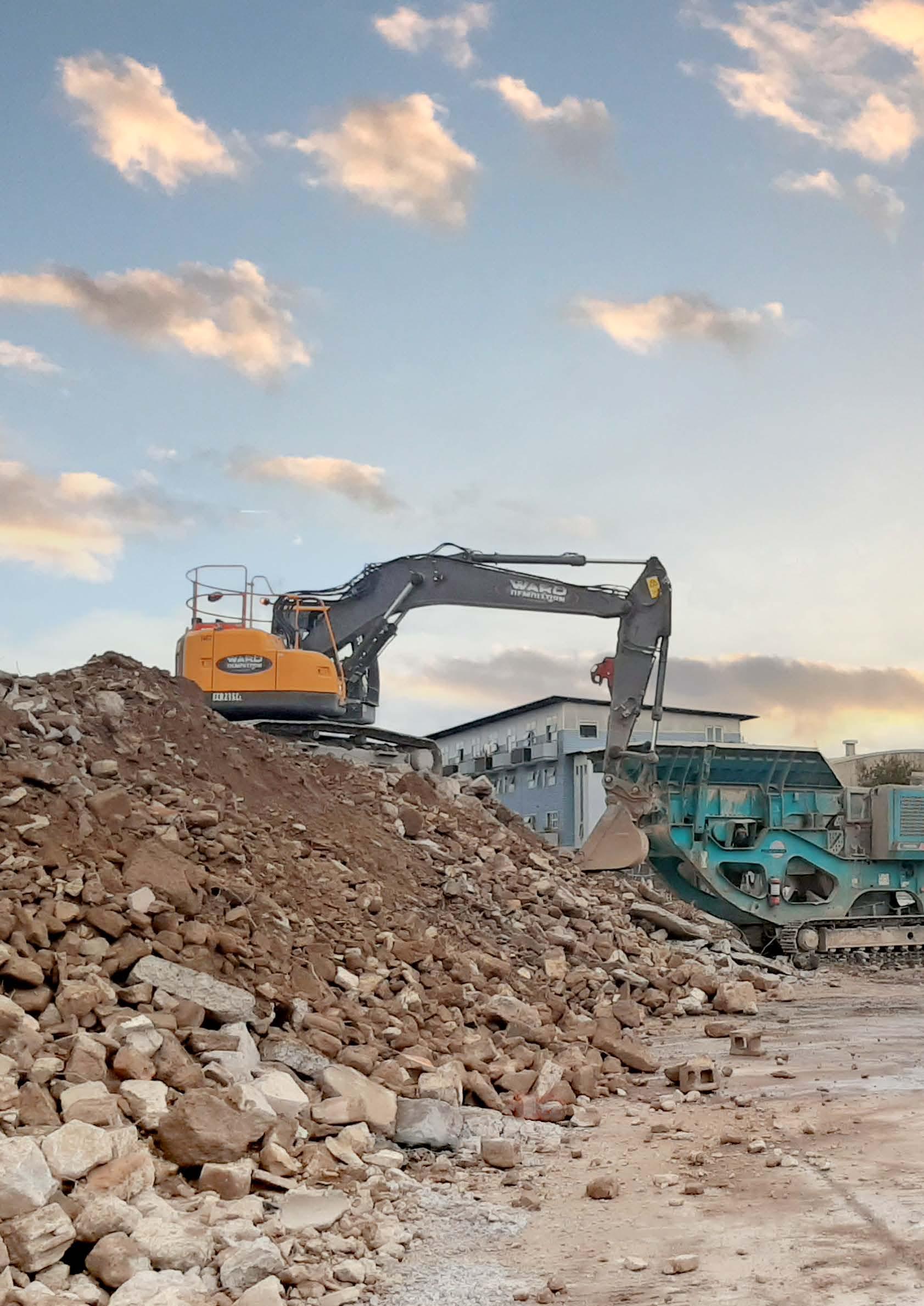
Sustainability
The project aims to achieve sustainability excellence by being careful with the resources we use, optimising our carbon footprint, avoiding waste and leaving a positive social and cultural legacy for Tāmaki Makaurau.
CRL's Sustainability Strategy has five key focus areas:
• reducing resource consumption • zero waste to landfill • social outcomes
• Mana Whenua outcomes • governance and reporting.
A summary of progress across each of these areas is provided, using examples to illustrate how the project is working to create a new normal for delivering infrastructure sustainably.
The use of materials, energy and water is being optimised across the entire lifecycle of the project, from design through to construction and operation, and the project has an aspirational target of zero waste to landfill.
CRL Ltd is also creating opportunities to contribute to society through the project delivery phase by maximising training and employment opportunities, creating greater diversity in the supply chain and upskilling the workforce.
The project's sustainability performance is being externally verified using the ISCA rating tool, which has been adapted in partnership with Mana Whenua to respond to Aotearoa's unique cultural context.


